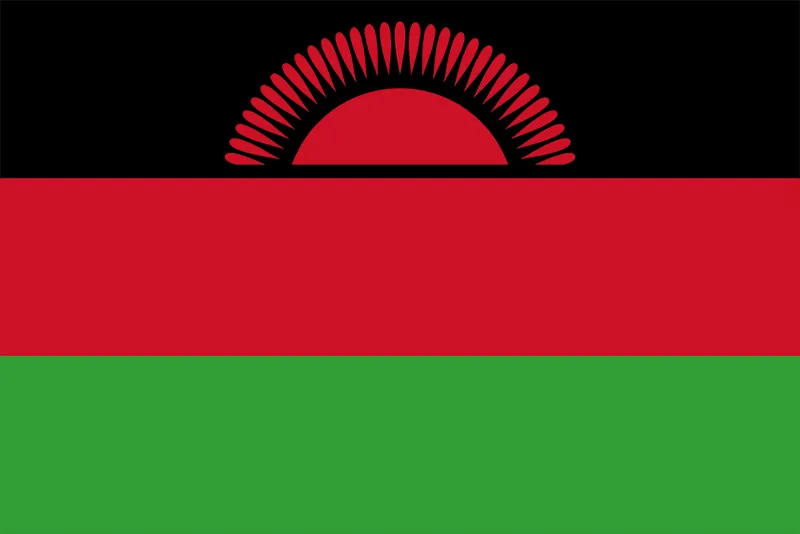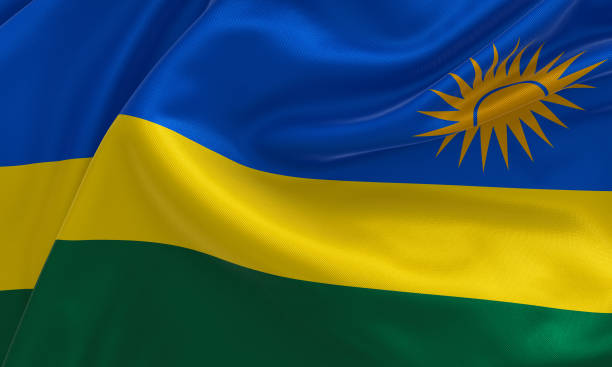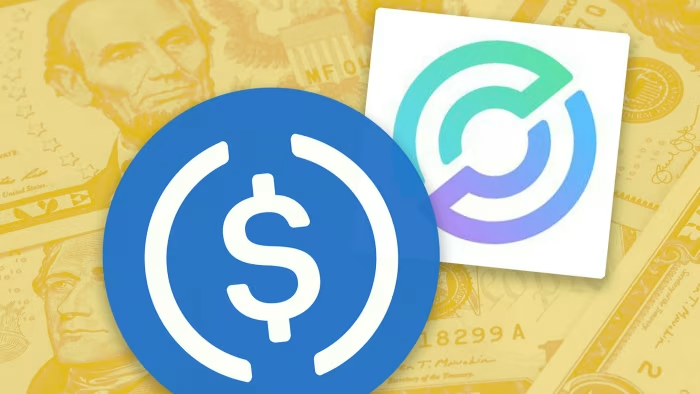Malawi is a landlocked country in Southeastern Africa. Malawi’s payment ecosystem isn’t just about banks and mobile money, it’s a dynamic system of interconnected rails. You’ve got the Malawi national switch combing systems together, Malawi mobile money powering grassroots access, and Malawi bank transfers helping formal infrastructure catch up. These all form the backbone of Malawi digital payments, pushing financial inclusion in Malawi forward, especially for people beyond formal bank branches.
This blog talks about Malawi payment rails, Malawi national switch, Malawi mobile money, Malawi bank transfers, and Malawi digital payments.
Malawi Payment Rails
Malawi payment rails includes the Malawi national switch, Malawi bank transfers, RTGS systems, Malawi mobile money, and emerging digital payments platforms.
Malawi National Switch is the core infrastructure that connects banks and mobile money operators. It makes it possible for someone with a TNM Mpamba wallet to send money to someone with an Airtel Money account, or for ATM cards from one bank to work in another bank’s machine. Malawi bank transfers facilitate regular account-to-account transfers. People and businesses use them for everything from paying suppliers to sending money to family. Some transfers stay within one bank. Others go across banks, which is where NATSwitch and RTGS come in. RTGS (Real-Time Gross Settlement) is used for big-ticket transactions like government payments, large business deals, or anything where speed and finality matter. The key thing here is real-time clearing which means once it’s sent, it’s done. Mobile Money like Airtel Money and TNM Mpamba let people store and move money using just their phones. People use it to pay bills, buy airtime, and send money to friends and family. Emerging Digital Platforms let people pay online, accept QR code payments, or send money peer-to-peer. They’re still growing, but they’re adding more flexibility and convenience, especially in urban areas and among younger users.
All this contributes to digital banking Malawi, Malawi fintech growth, and creates more frequent instant payments Malawi. It means more people get financial services, even those who’ve never seen a bank branch. By supporting all the local Malawi payment rails, TransFi makes cross-border transfers feel local and drives financial inclusion in Malawi.
Malawi National Switch
The Malawi national switch also called the NatSwitch was launched in mid‑2010s and turned siloed rails into one interoperable network.
First came ATM interoperability in 2015, then POS in 2016. In 2017, the Reserve Bank of Malawi introduced the National Payment System Act plus interoperability directives which made it mandatory for all payment service providers to connect to NatSwitch, making the switch scalable.
In 2018, non‑bank PSPs like e‑money providers joined as indirect participants, opening the rail to mobile wallets. By 2022, NatSwitch was processing EFT transfers in real time, giving rise to instant payments Malawi.
What this means is that the National Switch is the backbone of payment infrastructure in Malawi. It brings together banks, mobile money, government and PSPs. It powers digital transformation in Malawi, supports financial inclusion, and lays the groundwork for business systems to rely on real‑time.
Malawi Mobile Money
Malawi mobile money was born in 2012 with Airtel and TNM leading the charge. It provides stored value on phones, enabling cash‑in/out, remittances, airtime top‑up, bill payment, salary and even government transfers.
Since then regulation has been evolving with RBM leads, coordinating with the Ministry of Finance and regulators via the National Payments Council and Mobile Money Coordinating Group.
Still, mobile money faced challenges. Merchant uptake was slow, rural awareness was low, and POS shortages persisted. RBM responded with Business Licensing Regulations requiring licensed businesses to offer at least one electronic payment channel. In 2021, a push to scale electronic payments began, supported by AFI and Mastercard Foundation.
New players like PayChangu (2021) have broadened access and have launched merchant APIs that support mobile money, bank transfers and card payments, and recently they have launched an instant bank‑transfer API via Centenary Bank.
This shows that mobile money adoption in Malawi is accelerating. The result is Malawi digital payments moving beyond banks, and a real boost to financial inclusion in Malawi. In such a landscape, it is essential for businesses to offer mobile money options to people. TransFi seamlessly connects to all popular Malawi mobile money networks, making global transfers feel as easy and familiar as local ones.
Also read about: Comoros’ Payment Rails & How They Work – Mobile Banking, Remittances & Financial Inclusion
Malawi Bank Transfers
Malawi bank transfers used to be slow. Interbank transfers took time, and clearing house processes suffered delays, though the Reserve Bank gradually shortened cheque clearing from 21 to 5 days, via improved routes and systems. RTGS handles big payments swiftly, and MITASS covers batch transfers. But the real story is how bank transfers are hooked into NatSwitch, enabling real‑time EFT.
But even today many systems depend on legacy infrastructure; cross‑border bank transfer remains costly and slow; FX rates swing wide; and customer experience is not up to the mark.
That’s where TransFi comes in: instead of legacy bank rails, you get instant, cross‑border transfers, stablecoins, AI routing, great FX, and best in class security. TransFi integrates bank transfer systems in Malawi and lets people transact across 100+ countries with ease, convenience, security and cost-effectiveness.
Malawi Digital Payments
Malawi digital payments now spans national switch, mobile money, bank rails, PSPs, fintech, regulatory push and merchant coverage.
RBM has led regulation, mandating electronic channels via Business Licensing Regulations (2019) and interoperability. PayChangu is set to make digital payments smoother via one API for merchant acceptance across mobile, bank, and card. Meanwhile, the postal network (Malawi Posts Corporation) still offers financial transfers and bill pay to rural users. Still, cash rules in many places because of limited digital literacy, POS coverage gaps, and trust issues remain.
But momentum is rising. Malawi fintech growth is real, mobile payment adoption in Malawi is climbing, digital banking Malawi is becoming a reality, and all of it supports financial inclusion in Malawi.
TransFi expands Malawi digital payments across borders, connects to global rails, and provides instant settlement into local methods or mobile wallets, all without rebuilding local infrastructure. TransFi accelerates digital transformation in Malawi, brings low‑fee, fast rails to businesses, and connects them globally while respecting local dynamics.
Conclusion
Malawi payment rails are improving. The Malawi national switch welded together fragmented banking systems. Malawi mobile money took services beyond branches. Malawi bank transfers got faster and digital. Malawi digital payments now span across multiple rails.
That growth creates opportunity. Businesses, governments, individuals and merchants need payments that reach across borders, into wallets, banks and fiat. They want speed, low cost, and global compliance. TransFi gives exactly that with stablecoin‑powered cross‑border rails, smart‑routing, instant settlement, great FX, global compliance,and enterprise security.
Ready to go global from Malawi, or level up your cross‑border flows? Talk to an Expert at TransFi and tap into a future‑ready platform that delivers where local rails can’t.
FAQs
- How mobile money works in Malawi?
Essentially, you store e‑value on your phone with providers like Airtel Money or TNM, then use cash‑in and cash‑out agents, or conduct transfers, airtime top‑ups, bill payments and remittances. - Why do bank transfer systems in Malawi need an upgrade?
Bank transfer systems in Malawi need an upgrade because legacy systems are slow, siloed, and tech‑heavy. Before interoperability via NatSwitch, ATMs, POS, and interbank transfers were disconnected. Upgraded rails like real‑time EFT via NatSwitch and fintech APIs (e.g., TransFi and PayChangu) provide faster and smoother rails. - Which is the best cross‑border payment infrastructure in Malawi?
Locally, NatSwitch, PayChangu, and correspondent banks handle domestic rails well. But for cross‑border, the best payment infrastructure in Malawi right now is TransFi which offers stablecoin rails, access to 40+ currencies, AI smart‑routing, instant settlement, low fees, and global compliance across 100+ countries. - How is digital transformation in Malawi beneficial for businesses?
Digital transformation in Malawi means faster payments, less cash handling, broader reach (even rural), better tracking and data, wider customer base, lower costs, and less fraud. When merchants accept e‑payments, they boost efficiency and trust. Digital rails help governments distribute payments, move tax revenue digitally, and integrate into regional trade systems effortlessly. - What is accelerating mobile payment adoption in Malawi?
Several like RBM’s regulatory push (Business Licensing Regulations, interoperability mandates), mobile money agent networks, fintech like TransFi & PayChangu unifying rails, rising awareness of digital convenience, and improved merchant acceptance are accelerating mobile payment adoption in Malawi.
Table of Contents
Suggested Article
Explore our products

Make global payments at the speed of a click

Accept payments, remove borders.

Unlock Seamless Digital Currency Transactions Anywhere








.png)














